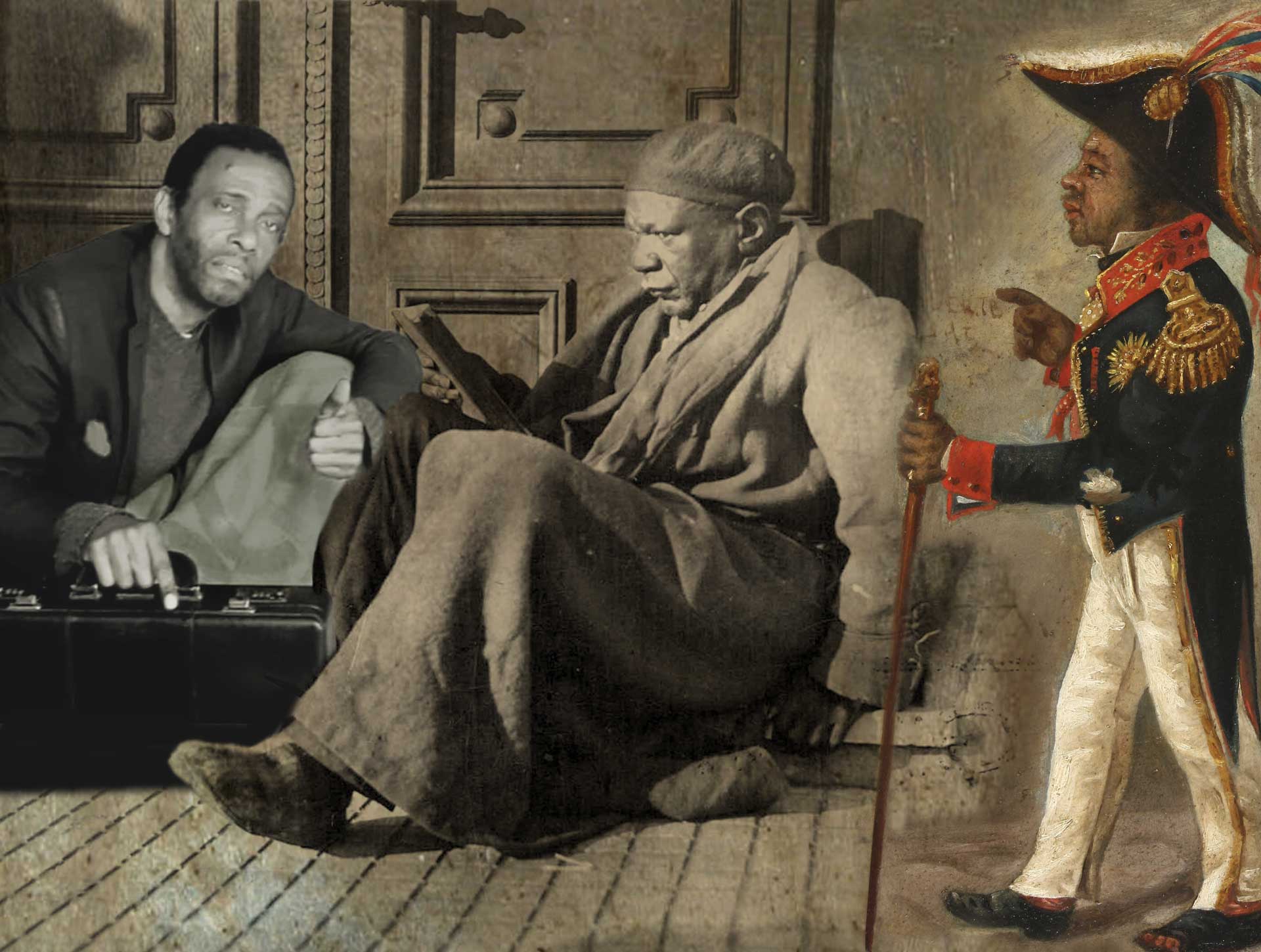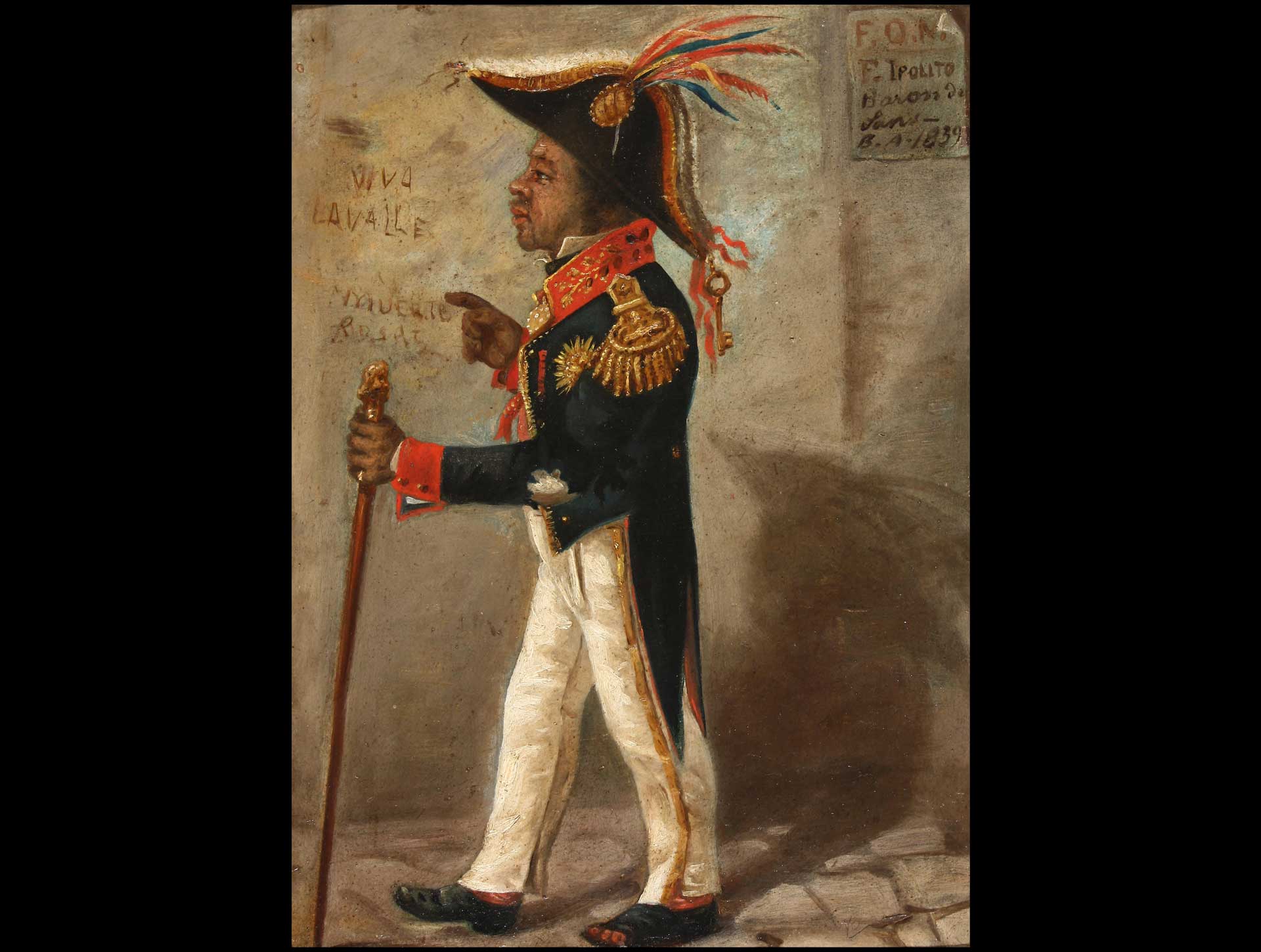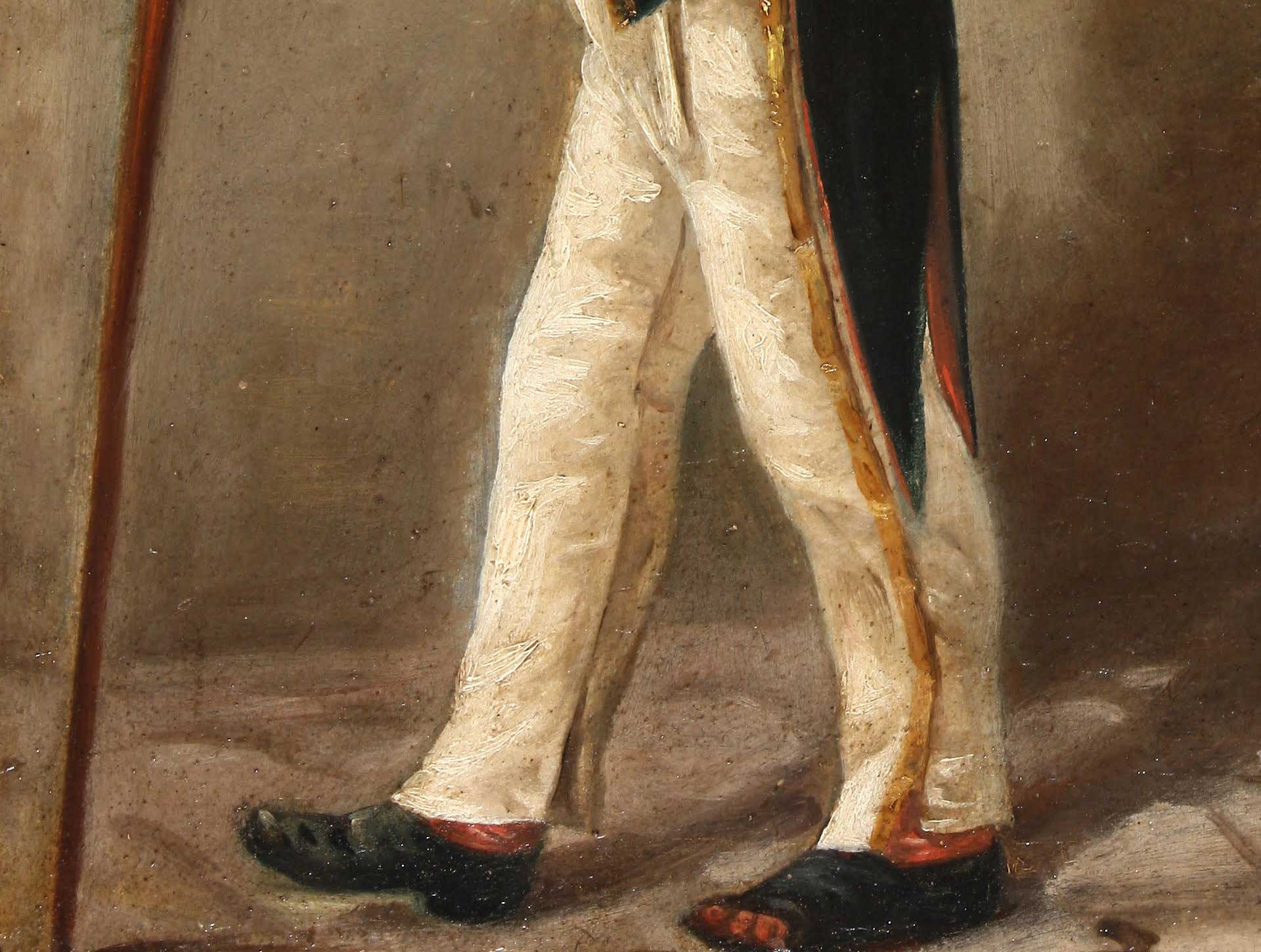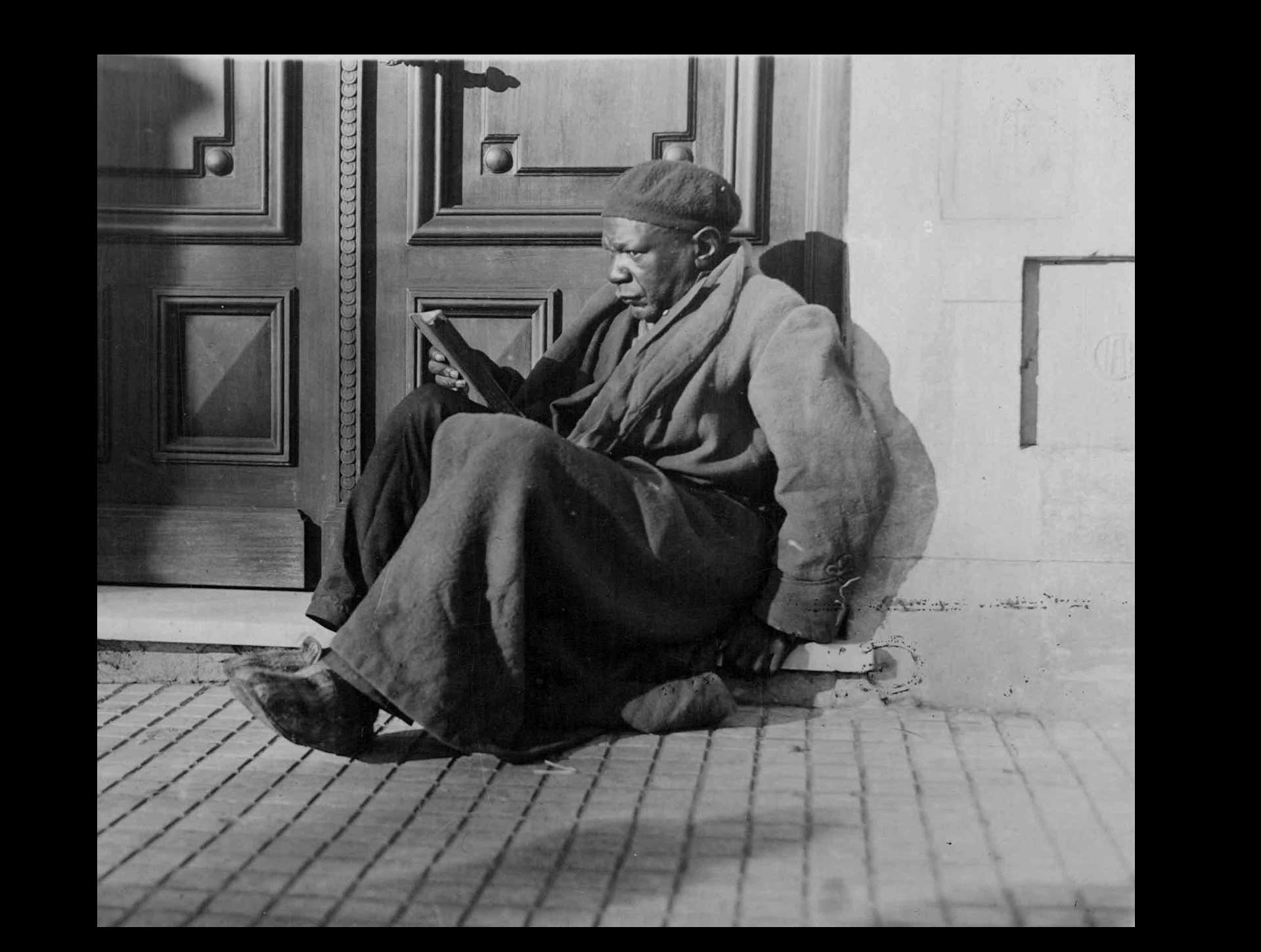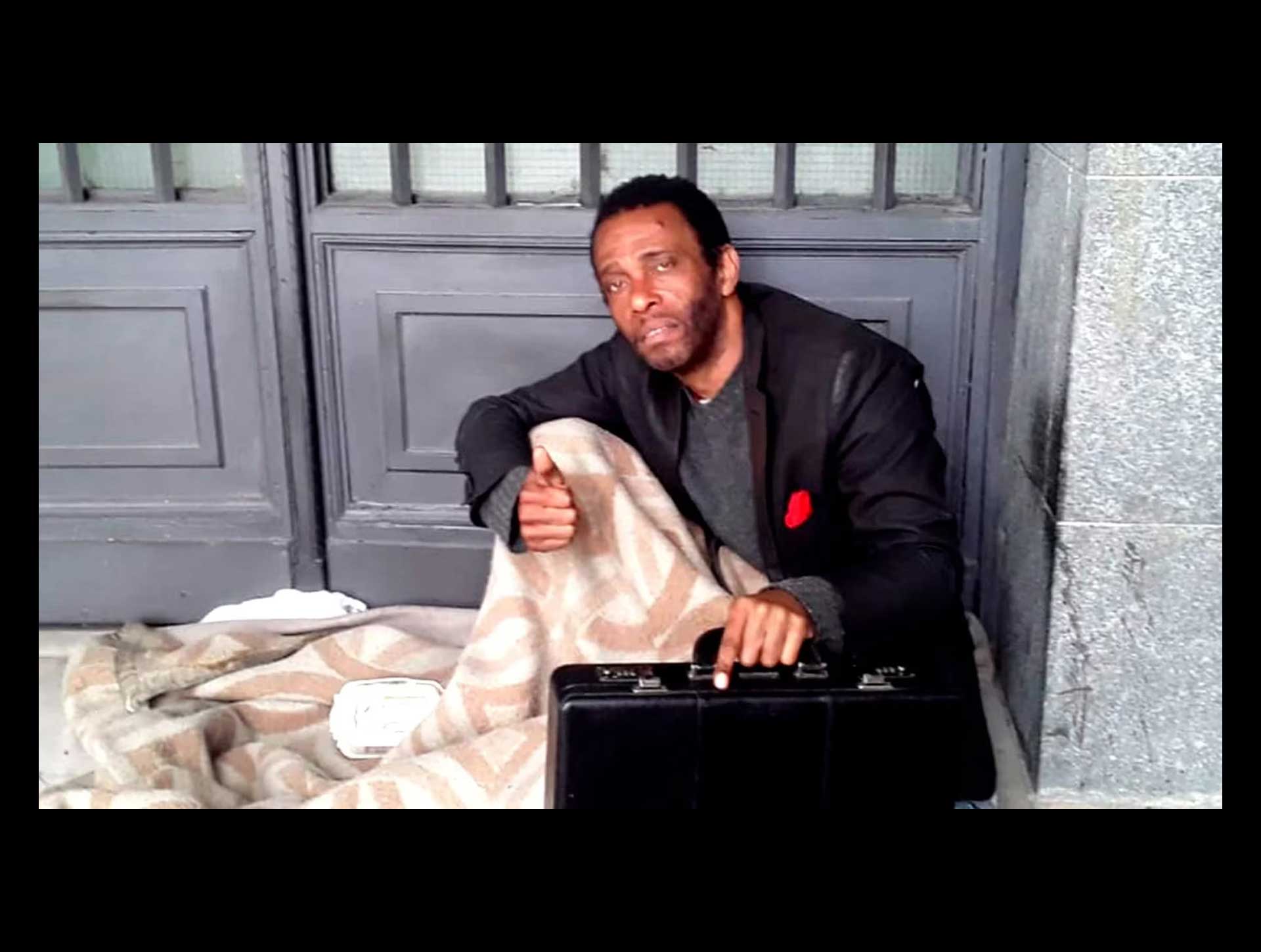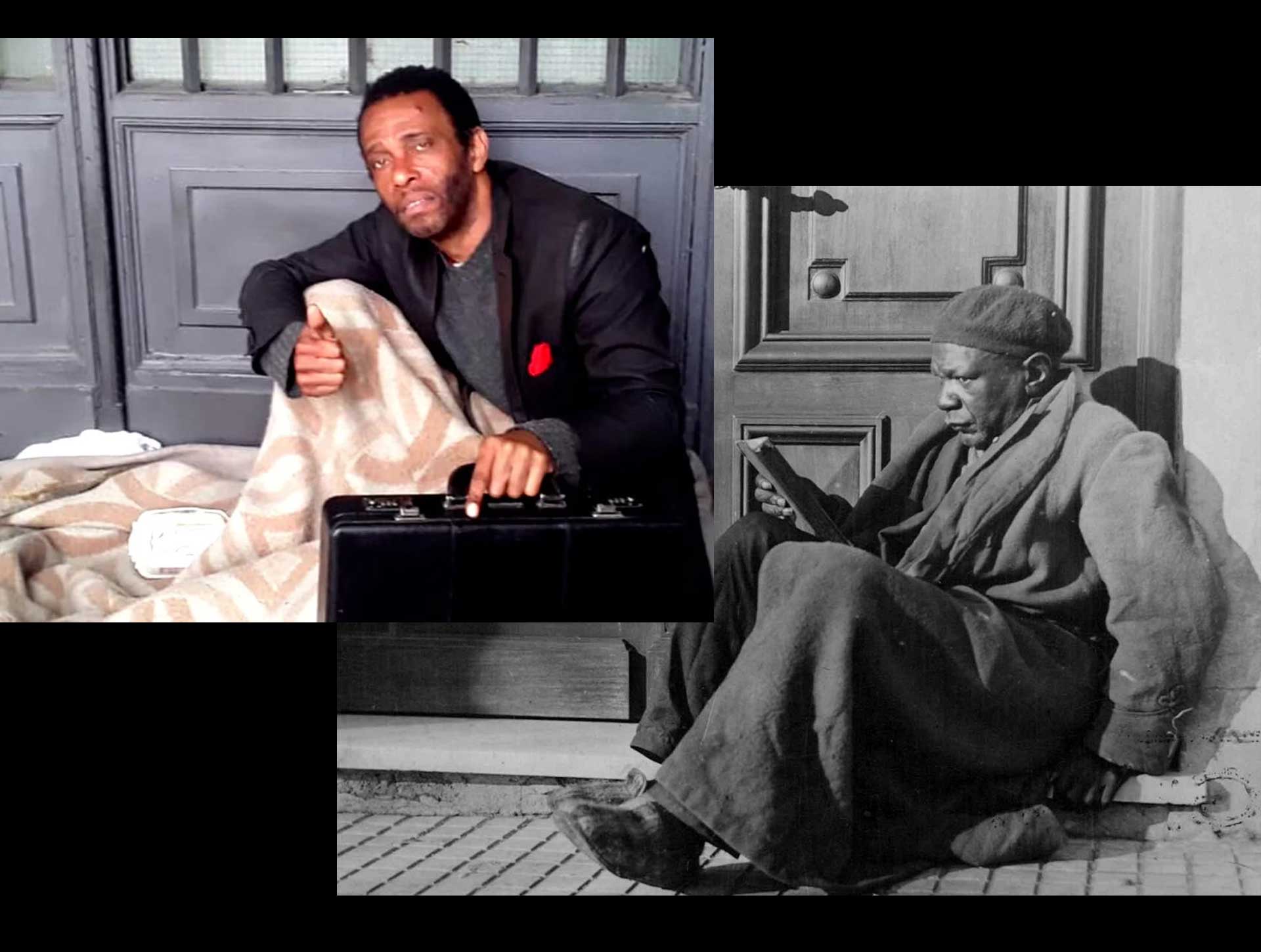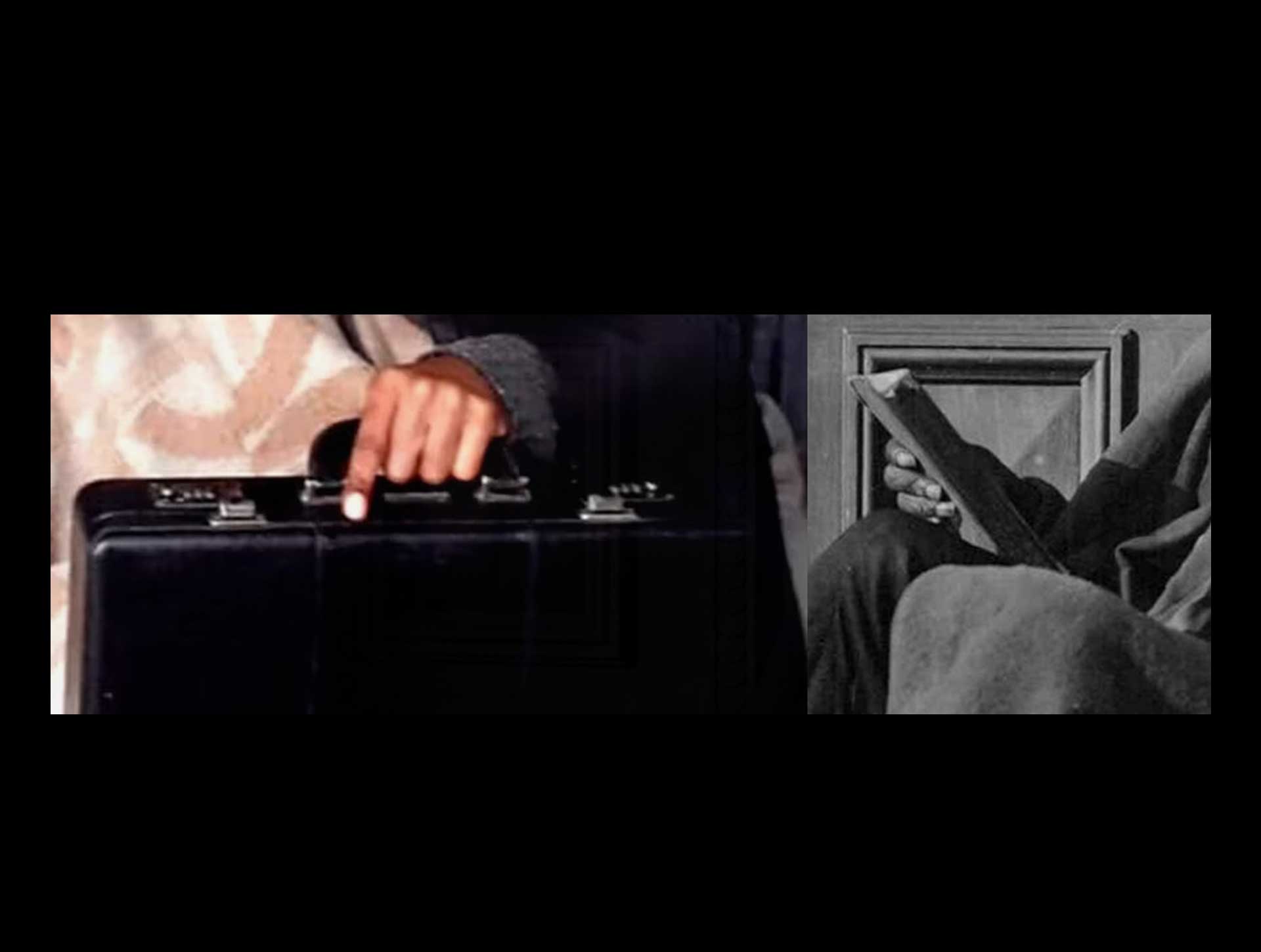PALIMPSESTS
Violence and Injury
Referenced works
“Don Eusebio de la Santa Federación.” (Ca. 1830s). Anonymous, oil on canvas, 35.7 x 25.2 cm. Museo Histórico Nacional, Buenos Aires, Argentina.
Raúl Grigera, “El negro Raúl (Grijeras) [sic],” (ca. 1930s). Anonymous, black and white photography. Archivo General
de la Nación Argentina, documentos fotográficos. AR-AGN-AGAS01-DDF-rg-622-319656
Émile Maxim St. Patrick Higgins (Max Higgins). 2020. Roberto Palacios, digital photography. “De millonario a dormir
en la calle,” Infobae (Buenos Aires), 19 October 2020.


